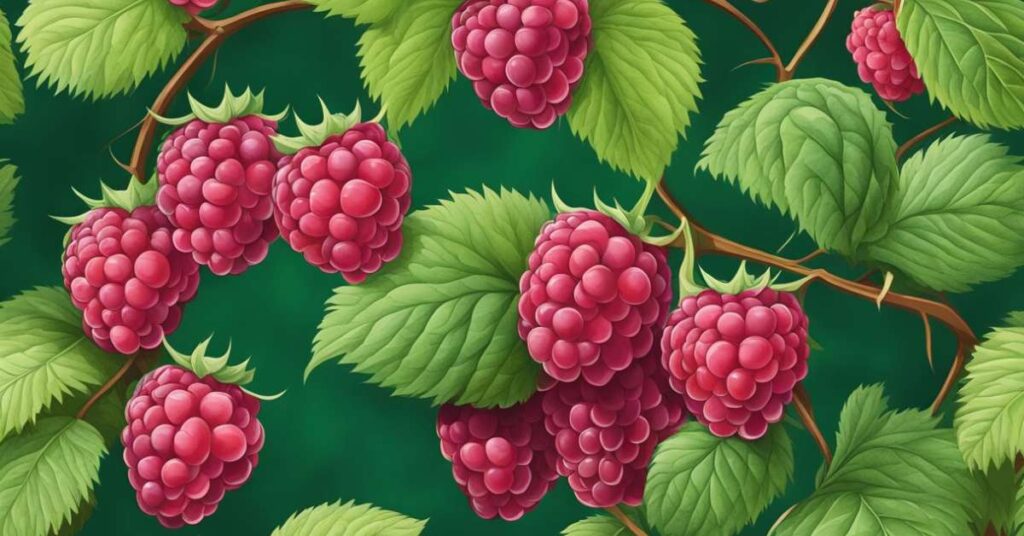Finding the best raspberries to grow in Zone 1 can be tricky due to the extremely cold winters. But don’t worry, with the right varieties and care, you can enjoy these sweet berries even in harsh climates.
The best raspberries for Zone 1 are cold-hardy varieties like Boyne, Killarney, and Nova. These tough plants can survive temperatures as low as -40°F. They produce tasty red berries that are perfect for snacking, baking, or making jam.
When picking raspberries for your garden, look for summer-bearing cultivars.
These types fruit on two-year-old canes, giving them time to establish strong roots before the harsh winter hits. With a little extra care, like mulching and proper pruning, you’ll be harvesting delicious homegrown raspberries in no time.

Zone 1 Overview
Growing raspberries in Zone 1 can be challenging due to the extreme cold. This zone is found in parts of Alaska and northern Canada, with average winter temperatures below -50°F (-45.6°C).
You’ll need to choose the hardiest raspberry varieties to have any success in Zone 1. Look for cultivars that can withstand very low temperatures and have a short growing season.
The weather in Zone 1 is characterized by:
- Long, harsh winters
- Very short summers
- Limited frost-free days
Your growing season in Zone 1 is typically less than 50 days. This means you’ll need to select fast-maturing raspberry varieties that can produce fruit quickly.
Protection is key for raspberry plants in this zone.
You might consider:
- Using cold frames or hoop houses
- Applying thick mulch around plants
- Planting near south-facing walls for extra warmth

Recommended Raspberry Varieties For Zone 1
Growing raspberries in Zone 1 can be tricky due to the extremely cold winters. But don’t worry! There are some tough varieties that can handle the chill.
Boyne is a great choice for your garden. This summer-bearing raspberry produces sweet, medium-sized berries. It’s very cold-hardy and disease-resistant.
Killarney is another winner for Zone 1. You’ll love its bright red fruit and excellent flavor. This variety is known for being super tough in cold weather.
For a fall crop, try Fall Gold. These yellow raspberries are a tasty treat. They’re hardy and produce fruit on new canes, which is great for cold areas.
Here’s a quick list of other varieties to consider:
- Latham
- Nova
- Prelude
When planting, give your raspberries full sun and well-drained soil. Add compost to boost growth.
Water regularly, especially during fruit development.
Prune your plants in early spring. Remove dead or weak canes. This helps air flow and reduces disease risk.
Consider using a trellis or fence for support. This keeps your plants tidy and makes harvesting easier.

Leave a Reply